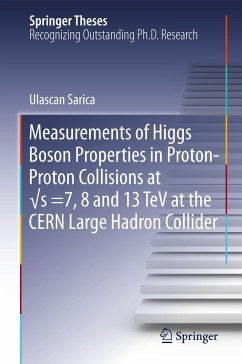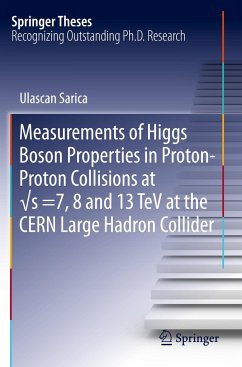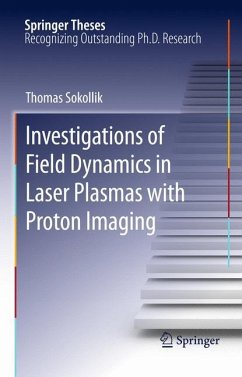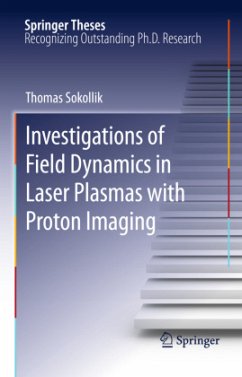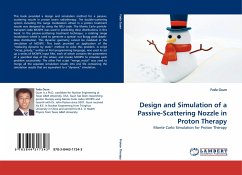
Design and Simulation of a Passive-Scattering Nozzle in Proton Therapy
Monte Carlo Simulation for Proton Therapy
Versandkostenfrei!
Versandfertig in 6-10 Tagen
39,99 €
inkl. MwSt.

PAYBACK Punkte
20 °P sammeln!
This book provided a design and simulation method for a passive-scattering nozzle in proton beam radiotherapy. The double-scattering system including the range modulation wheel in a proton treatment nozzle was designed by using the NEU code. The Monte Carlo particle-transport code MCNPX was used in predicting dose distributions in this book. In the passive-scattering treatment technique, a rotating range modulation wheel is used to generate a spread- out Bragg peak depth-dose distribution. This dynamic geometry cannot be modeled in the simulation of MCNPX. This book provided an application of ...
This book provided a design and simulation method for a passive-scattering nozzle in proton beam radiotherapy. The double-scattering system including the range modulation wheel in a proton treatment nozzle was designed by using the NEU code. The Monte Carlo particle-transport code MCNPX was used in predicting dose distributions in this book. In the passive-scattering treatment technique, a rotating range modulation wheel is used to generate a spread- out Bragg peak depth-dose distribution. This dynamic geometry cannot be modeled in the simulation of MCNPX. This book provided an application of the replacing dynamic by static method to solve this problem. A script mcnp_pstudy, written in Perl programming language, was used to set up a series of MCNPX input files, each of which contains the parameters of a specified step of the wheel, and invoke MCNPX to simulate each problem successively. The other Perl script merge_mctal was used to merge all the separate simulation results into one file containing the simulation results that are equivalent to a dynamic simulation.






